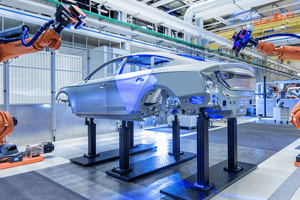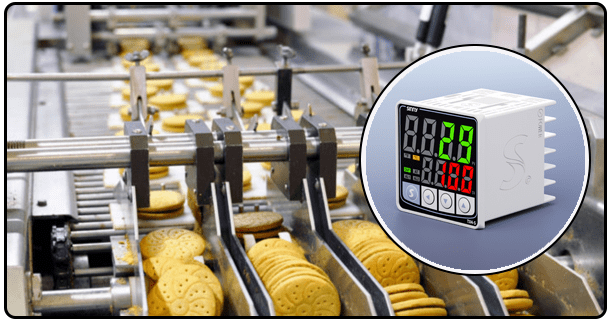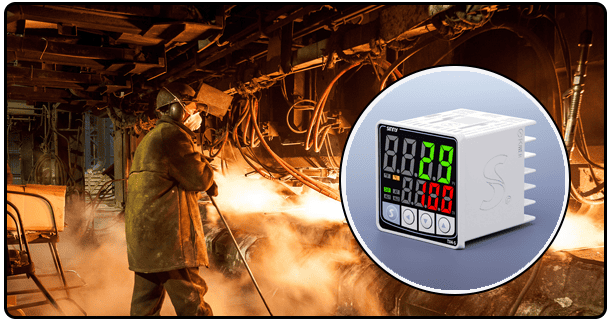Comprehensive guide to PID temperature controllers: components, design, and applications
Learn how temperature controllers, including PIDs, work. Discover their components, tuning techniques, and applications. Design systems that regulate temperature precisely.
1. Introduction
PID controllers are a type of electronic device that controls the temperature.
The PID control system is widely used in scientific and industrial applications. The system adjusts outputs so that the variable in the process, like temperature, is at the setpoint. PID algorithms are composed of three parts:
Proportional: corrects errors proportionally to their size.
Integral: Corrects errors that have accumulated over time.
Derived (D): Calculates future errors using the rate of change.
Combining these elements ensures stability and minimizes overshoot. It also achieves precision control. This makes it an ideal choice for temperature regulation.
2. The Components in a PID System for Temperature Control
The typical temperature control PID system includes the following:
PID Control Unit: Processes input data to generate control signals.
Sensors of temperature: These are devices such as thermocouples and resistance temperature detectors that can measure temperature.
Actuators Devices such as fans, heaters or coolers that react to signals from the control system to change their operation.
Wiring and Power: Provides all the energy necessary for a smooth operation.
The components of the system work together to achieve high precision in maintaining temperature.
3. Working Principle
A closed feedback loop is at the core of any PID controller. How it works is as follows:
Temperature sensor: The sensor sends the temperature data from the PID controller.
The controller will calculate the error (i.e. the difference between measured temperature and desired setpoint).
4. Implementation and Design
There are several steps involved in creating a PID temperature control system:
Selection of Components: Select suitable sensors, actuators and a PID controller that is reliable.
Hardware Installation: Connect the power and wires to all components.
Configuration of Software: Programming the PID Controller with the appropriate parameters.
Optimization and Testing: Verify the functionality of the system and optimize the PID settings to achieve optimal performance.
Advanced readers can use mathematical modeling to aid the design process and gain a better understanding of system dynamics.
5. PID Controller Tuning
Tuning a PID controller effectively is essential for accurate temperature regulation. Tuning methods that are commonly used include:
Ziegler Nichols Method: An approach that is systematic in determining the gains, whether they are proportional, integral or derivative, based on how the system responds to change.
Try-and-Error Adjusting parameters iteratively until desired performance is obtained.
The system will respond more effectively to disturbances if it is tuned properly. This minimizes oscillations as well as settling times.
6. Application
Temperature controllers based on PID can be used in many different fields.
Accuracy of Sensors: Measurements that are inaccurate or late can affect system performance.
Environmental Factors: External disturbances like sudden temperature changes can affect stability.
For these problems to be mitigated, it is essential that you use a system with a proper design, perform regular maintenance and implement advanced control strategies.
Temperature controllers based on PID are the cornerstone of automation today, as they allow for precise and efficient regulation. The importance of their ability to adapt to changing conditions and seamlessly integrate into diverse applications is underscored by the fact that they maintain stability. The future of PID controls promises increased functionality and expanded applications as technology advances.























